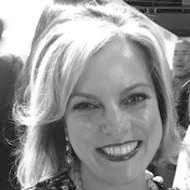The Art Detective
‘The Buyers Are Back’: In Paris, the Mood Was Buoyant, Even If Not Everyone Was Selling
Museums opened blockbusters, Sotheby's christened its new home with a white-glove sale, and the rich embraced optimism.
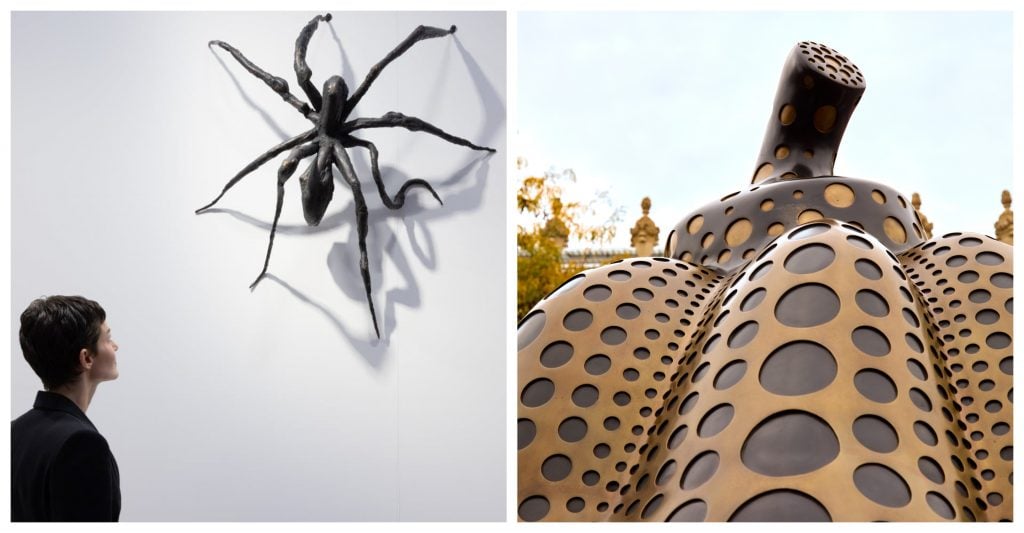
This time last week, I was in Paris, warm and golden, walking through the chic Marais district from the Musée Picasso, which mounted a spectacular show of early Jackson Pollock, to David Zwirner’s latest exhibition with Dana Schutz, whose work I have followed for nearly two decades.
My Art Basel Paris reporting trip was just beginning. I was jet-lagged and giddy following a red-eye flight and a scrumptious lunch at Vins de Pyrénées with an international cohort that included a London-based financier, an Italian art collector, and a Paris-based political journalist.
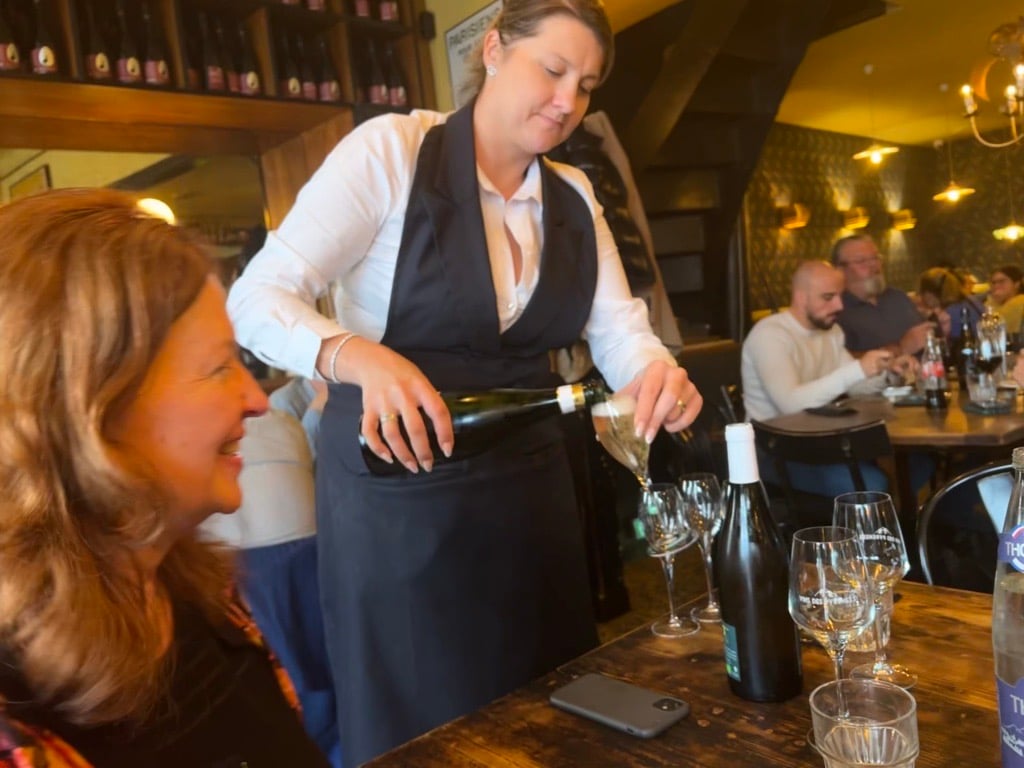
My lunch at Vins des Pyrénées in the Marais. Photo: Katya Kazakina
I hadn’t been to the French capital in 12 years, and I was excited to discover the art world that has sprung up there in the intervening time. So much has changed! There are now clusters of international galleries in the Marais and the Champs-Élysées, stunning private art foundations set up by luxury moguls, and even English-speaking waiters in bars and restaurants.
Scrubbed clean for the Olympics, the city center looked as fresh as an Impressionist painting. The vibe was great, the museum shows excellent. And it all seemed to reignite the desire to buy art, something that’s been missing for many months in face of U.S. political uncertainty, wars in Europe and the Middle East, and record-high interest rates. Generally, dealers sounded optimistic, even those who didn’t sell much—or anything at all.
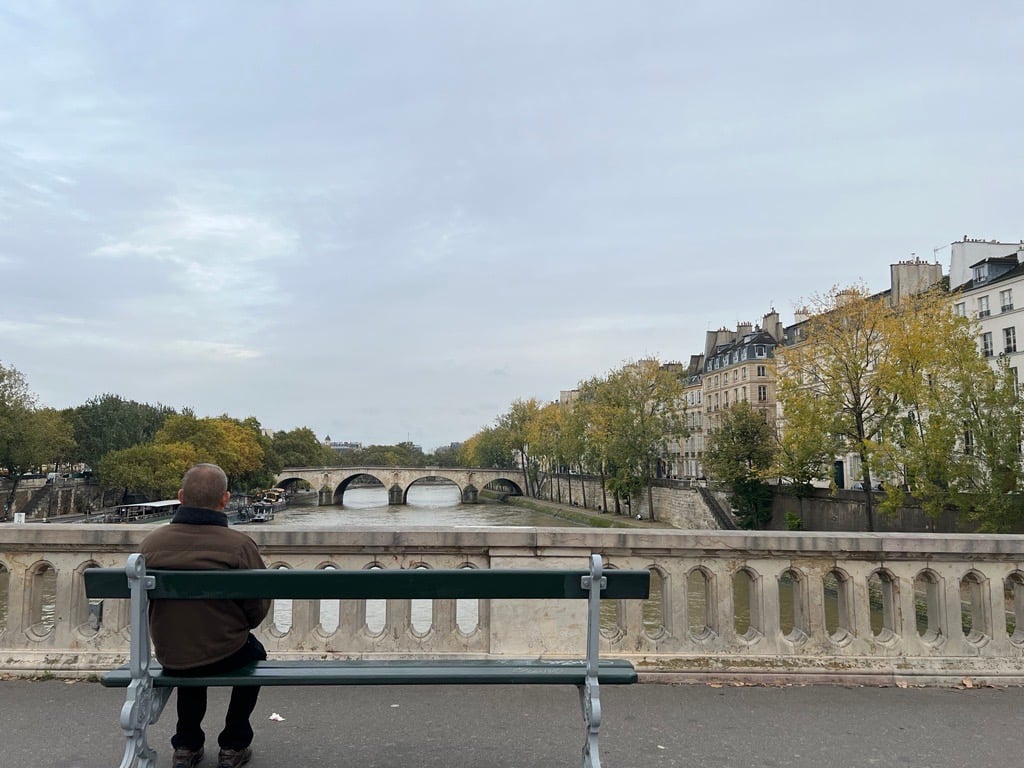
Paris was scrubbed clean and fresh-faced, like an Impressionist painting. Photo: Katya Kazakina
“Deals were happening and business seemed, if not back to the way it was, at least reassuringly active,” art advisor Wendy Cromwell said. “There was a moment when people didn’t want to buy art. And we are easing back into it. I don’t think it’s a straight line, there may be some dips along the way, but we are heading in the right direction.”
Art Basel Paris (rebranded from the awkward Paris+ par Art Basel) took over the newly refurbished, resplendent Grand Palais. The historic building elevated the trade show experience to a new level. I’ve seen as many photos of the venue’s vaulted glass roof as of the artworks on view there. The fair’s organizers reported scores of sales, led by a $20 million wall-mounted spider sculpture by Louise Bourgeois at Hauser and Wirth.
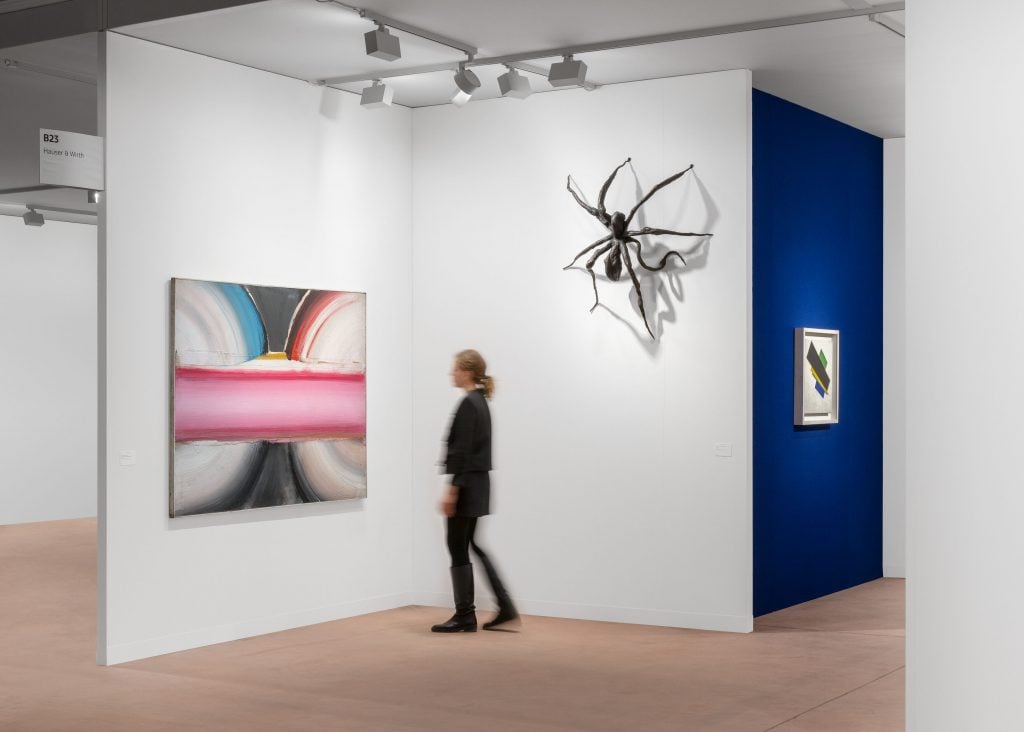
Installation view of Hauser and Wirth’s booth at Art Basel Paris 2024. Courtesy the artists / estates and Hauser & Wirth. Photo: Nicolas Brasseur
Some of the most expensive works at the fair were actually not for sale, like Landau’s Kandinsky, which was purchased for $44.8 million at Sotheby’s in March. Ditto a large Pablo Picasso painting, La Fenêtre Ouverte (1929), at Nahmad. The work continually drew gawkers with its fiery red curtains and floating body parts. Two years ago, it fetched $21.7 million at Christie’s, according to the Artnet Price Database.
“I could sell this Picasso for $100 million, but I don’t want to,” David Nahmad, the patriarch of the Nahmad family, was heard telling a group of starry-eyed onlookers on Sunday, just hours before the fair closed.

A visitor poses by Picasso’s La Fenêtre Ouverte (1929) at Nahmad gallery’s booth at Art Basel Paris on the VIP opening day. Photo: Katya Kazakina
Paris institutions went above and beyond. “Surrealism” at the Centre Pompidou, timed to coincide with the movement’s 100th anniversary, is a revelation, epic in size, scope, and significance, both in terms of its art historical and market power. Carolyn Christov-Bakargiev’s “Arte Povera” exhibition at François Pinault’s Bourse de Commerce presents that postwar Italian movement with an exquisite eye, depth, and generosity of spirit, from the array of works on view to the knowledgeable guides sporting satchels that say in French, “Talk to me about art.”
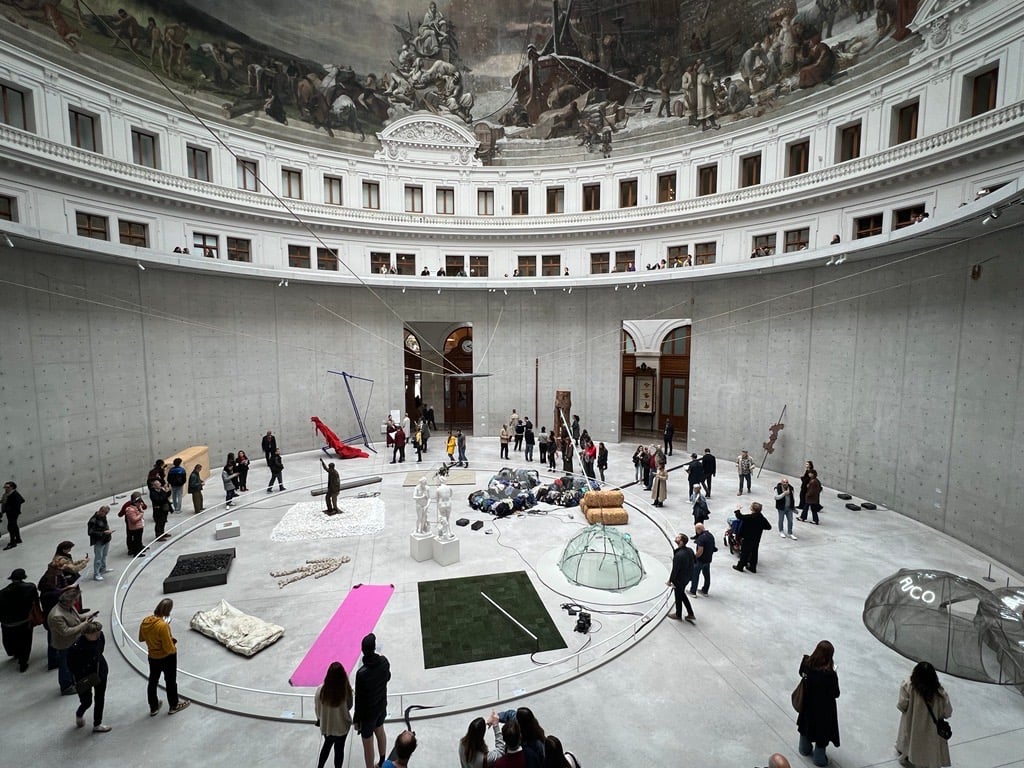
“Arte Povera” at the Bourse de Commerce. Photo: Katya Kazakina
“Jackson Pollock: The Early Years (1934–1947)” makes a strong case that the Abstract Expressionist was indebted to Picasso during that period, with his impastoed compositions of the early 1940s influenced by Guernica (1937). (Some of the works, including his seminal 1943 The She-Wolf, were loaned by the Museum of Modern Art in New York, but others are far less familiar.)
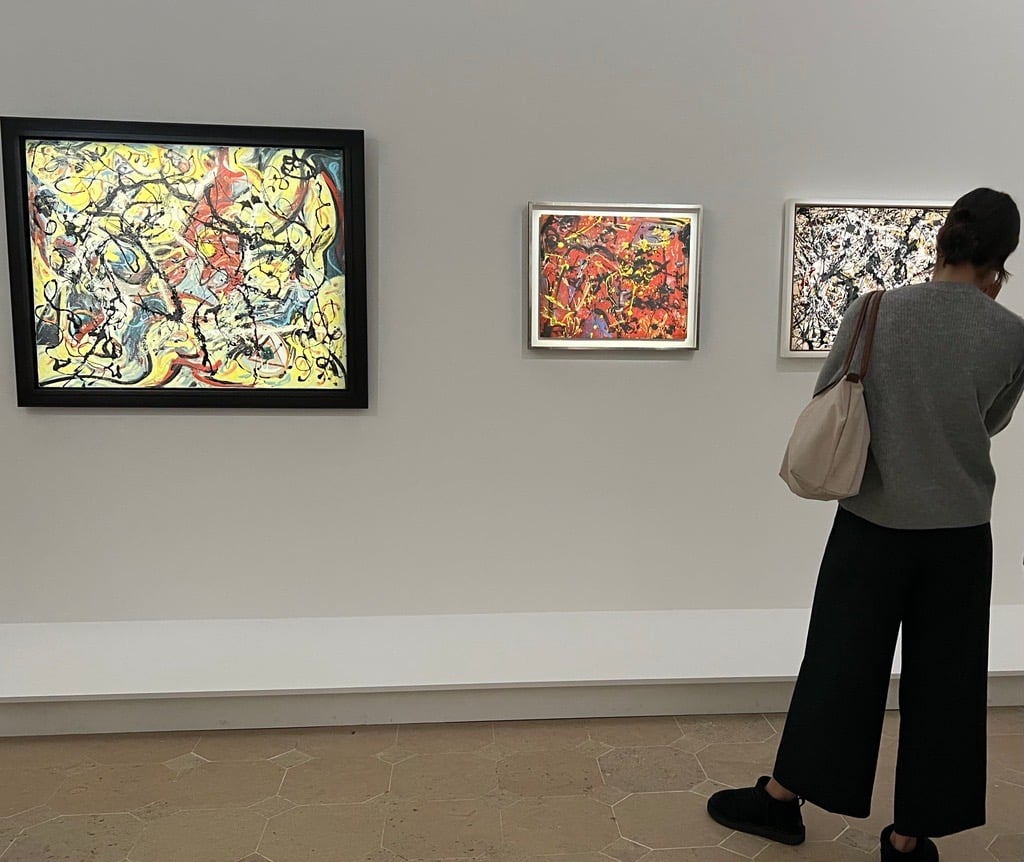
“Jackson Pollock: The Early Years (1934–1947)” at the Musée Picasso in Paris. Photo: Katya Kazakina
Seeing Zwirner’s Schutz show, “The Sea and All Its Subjects,” right after Pollock’s pre-Ab-Ex work brought into focus a language that the two artists share, with a claustrophobic paint density and a primitivist vocabulary. Prices in the show range from $400,000 to $1.2 million.
Then there’s “Pop Forever, Tom Wesselmann &…” at the Fondation Louis Vuitton, a sprawling, jaw-dropping corporate flex of a show. The focus is Wesselmann, a perennially undervalued Pop artist, placed in the context of his peers, such as Andy Warhol and Jasper Johns, and younger artists that he influenced, from Jeff Koons to Mickalene Thomas.
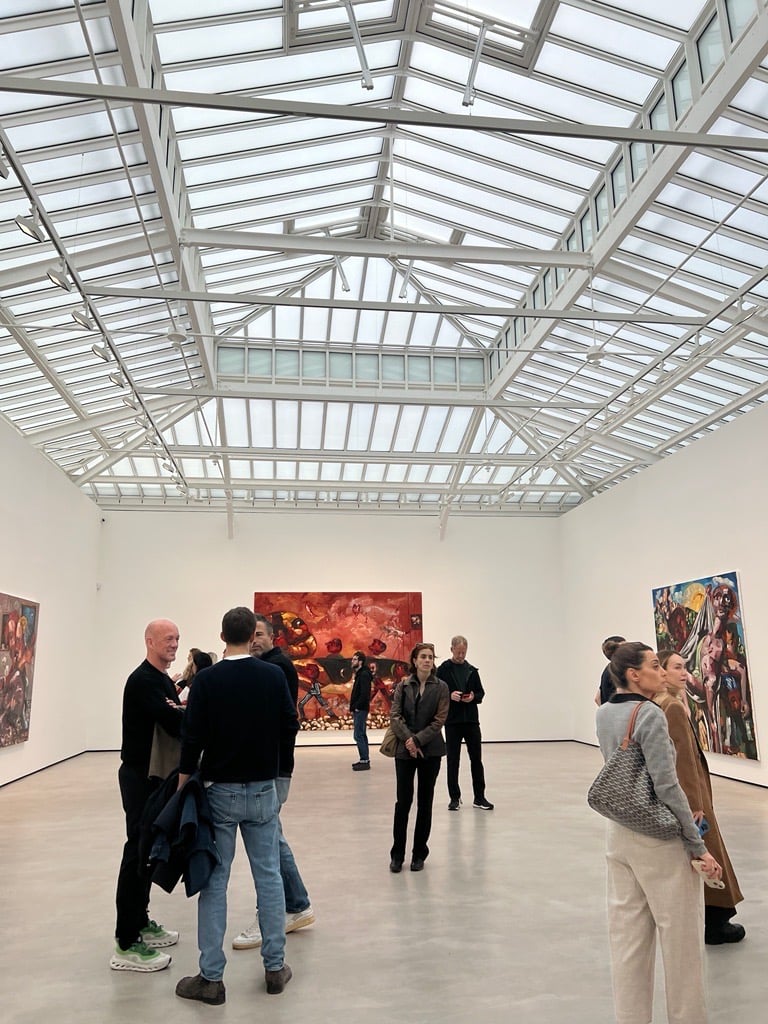
An installation view of Dana Schutz’s new exhibition at David Zwirner in Paris. Photo: Katya Kazakina
In certain circles, the show has been dubbed “The Wesselmann-for-Sale Show,” perhaps because so much is on loan from the artist’s estate. More surprisingly, at least 15 Wesselmann works in the exhibition were lent by the Mugrabi Collection, according to its catalog. The Mugrabis are powerful market makers behind the artists they focus on (Warhol, Basquiat, Koons, and KAWS, among others), but the scope of their investment in Wesselmann hasn’t been widely known until now.
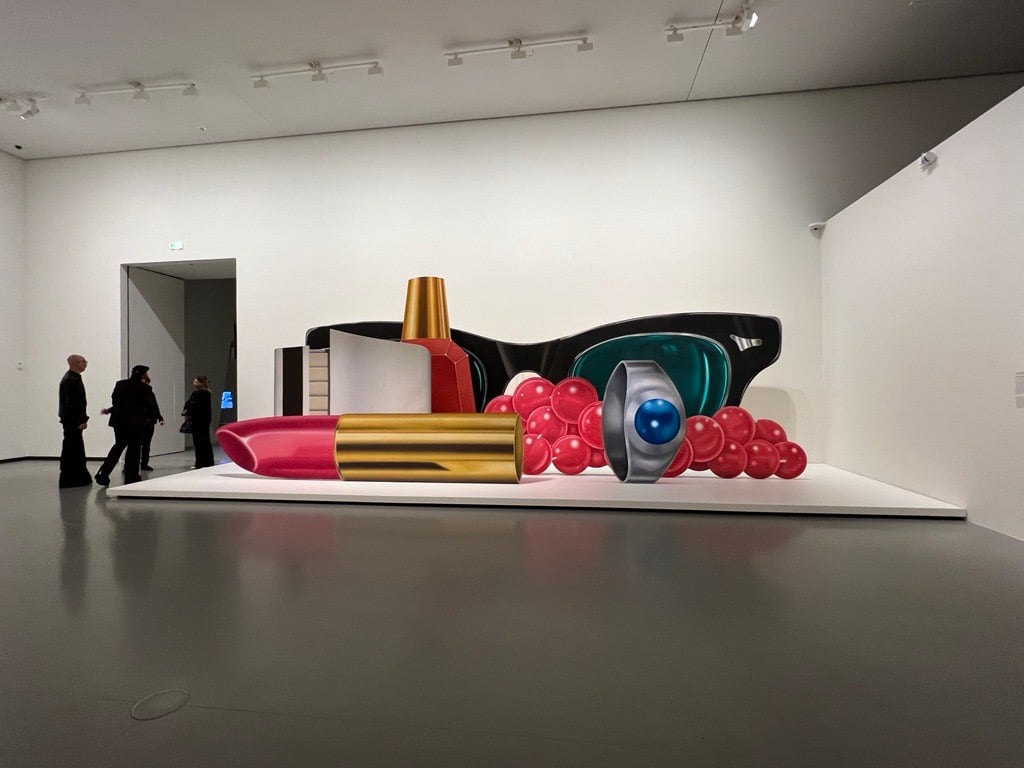
Installation view of “Pop Forever, Tom Wesselmann &…” at the Fondation Louis Vuitton
“He is a great artist,” Alberto Mugrabi said, adding that the family has collected Wesselmann for 30 years.
“Most people thought he was just making nudes,” he said. “He painted interiors, he painted landscapes, he painted seascapes, he painted abstract pictures. He had a 60-year career and he was always serious about his work. The paintings look fresh. They age incredibly well.”
The perception that the show is for sale may seem cynical, but it’s not entirely unfounded. The relationship between institutions and the market has deepened in recent years. Auction specialists are known to scout blockbuster exhibitions, then make cold calls to lenders. Works by Picasso, David Hockney, and Christopher Wool have been yanked off museum walls and sold on the block.

A viewer in front of L’empire des Lumières (1954) by Magritte at the Pompidou’s “Surrealism” exhibition in Paris. Photo: Katya Kazakina
This season is no different. Financier Sid Bass is selling his Ed Ruscha painting next month after lending it to the artist’s acclaimed 2023–24 retrospective at the Museum of Modern Art and Los Angeles County Museum of Art. Christie’s has estimated the work, Standard Station, Ten-Cent Western Being Torn in Half (1964), at $50 million.
A young German art advisor I met at Tolga Albayrak‘s rager in Paris last week insisted that the Pompidou’s “Surrealism” show features the same René Magritte painting that is poised to shatter records for the Surrealist artist when it is offered in New York in November with an on-request estimate of $95 million from the estate of interior designer Mica Ertegun. This seemed a bit far-fetched, even for a skeptic like me, but, hey, these are challenging times: anything is possible.
So, I checked with Christie’s, whose representative confirmed that the Empire of Light at the Pompidou and the one heading to auction are different, despite both being made in 1954, being the same size, and having nearly the same composition. (Magritte made 27 oil paintings and gouaches of the subject.)
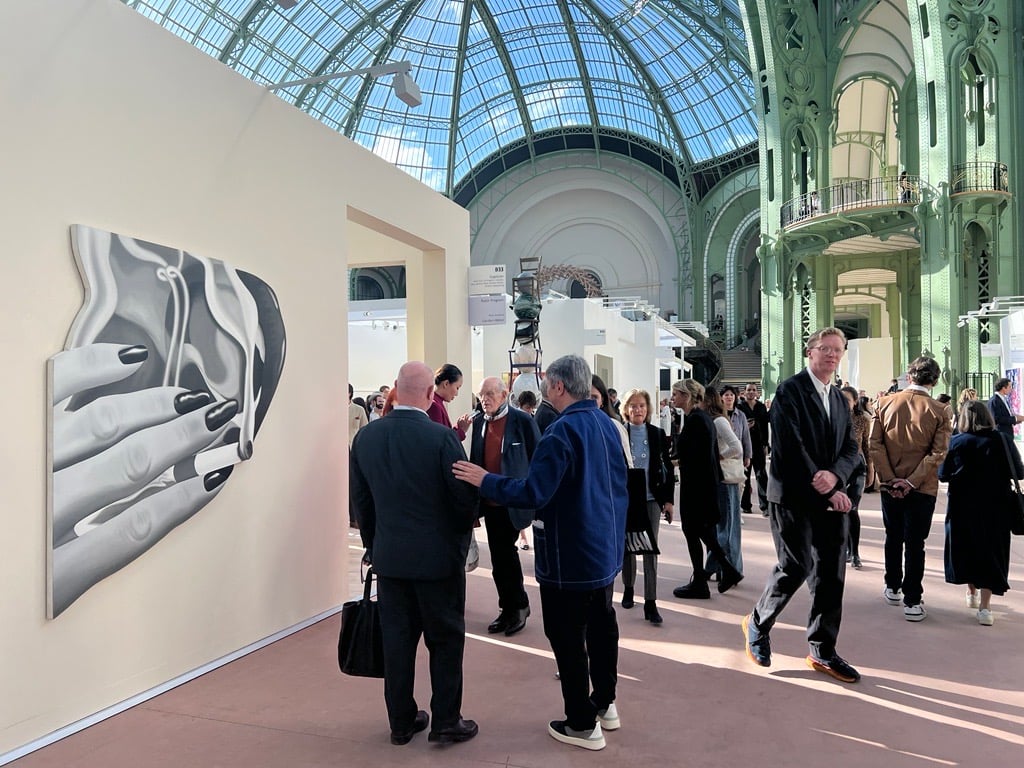
A Tom Wesselmann smoking painting at Gagosian’s booth at Art Basel Paris. Photo: Katya Kazakina
Not surprisingly, there were many other crossovers between the exhibitions and the market. Works by Wesselmann, as well as leading Surrealist and Arte Povera artists, could be spotted all over Art Basel Paris, led by a large Max Ernst painting, Cage, foret et soleil noir (1927), priced at $10 million at the Nahmad booth.
On Friday, Sotheby’s inaugurated its new Paris headquarters on the Rue du Faubourg Saint-Honoré with a sale titled “Surrealism and its Legacy.” Inside, the building radiates Art Nouveau glamor with mahogany-colored walls, golden fixtures, and a multistory glass atrium. Outside, curious passersby peered through the windows.
The auction was a success. Every one of the 28 offered lots found buyers, totaling €23.1 million (about $25.1 million); the auctioneer received a pair of white gloves.
The top lot, Salvador Dalí’s tiny Meditative Rose (1958) fetched €3.9 million ($4.2 million), almost four times its high estimate of €1 million. (Prices include fees, estimates don’t.)
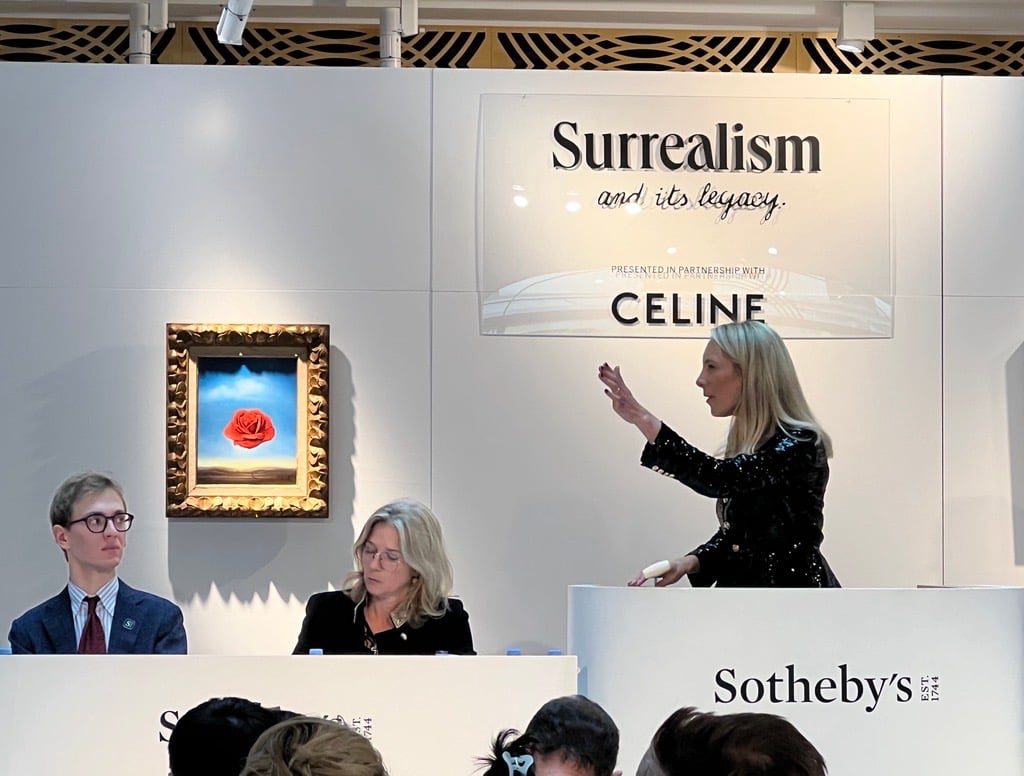
Sotheby’s “Surrealism” auction in Paris on October 18, 2024. Photo: Katya Kazakina
A 1945 painting by Kay Sage, Other Answers, inspired a protracted bidding war, selling for $1.1 million, twice its high estimate. František Muzika’s haunting Larva VIII (1967) sold for $260,688, a new high in France for the Czech artist.
I can reveal that both works will enter the collection of the National Gallery of Victoria in Melbourne, Australia, according to Krystyna Campbell-Pretty, an Australian philanthropist who won the Muzika, a tempera and oil on panel that depicts a female form emerging from an amorphous textile cocoon.
“It’s very arresting,” Campbell-Pretty said of the work, when I buttonholed her on her way out. “We are building out a Surrealist collection.”
A 15-inch bronze head by Joan Miró fetched €108,000 ($116,000), twice its low estimate. The winner was a telephone client of Jackie Wachter, Sotheby’s vice chairman of private sales, who underbid two other sculptures by the artist.
“He’s the O.G.,” Wachter said of Miró. “A lot of contemporary collectors are starting to see there’s real value in buying blue-chip, historic pieces.”

An installation view of the “Surrealism” exhibition at the Pompidou in Paris. Photo: Katya Kazakina
At the Grand Palais, new works by in-demand living artists sold at a “civilized” pace, according to Blaize Lehane, a partner at the François Ghebaly gallery, which sold about two dozen works, priced up to $100,000, including a large painting by Ludovic Nkoth for $80,000.
“The buyers are back,” Lehane said. It’s the first time since Art Basel Miami Beach in December of 2022 “that I feel the candle is back on,” he added. “And it’s just in time.”
But there was resistance around the $3 million mark for historic work, according to Paolo Vedovi, who was offering major multimillion-dollar paintings by Gerhard Richter ($22 million), Wesselmann ($4.9 million) and Magritte ($3.75 million). He had not found buyers for them by Sunday, but believed he would soon.
Not everything went as smoothly on the second floor, where some galleries were tucked away, perhaps too far from the monied throngs.
In the “Premise” section, Nara Roesler Gallery, which specializes in Brazilian art, hadn’t sold anything, with just four hours left to go till the close on Sunday—and despite getting the attention of France’s first lady, Brigitte Macron, who examined a large phallic totem by Afro-Brazilian sculptor Chico Tabibuia priced at $55,000.
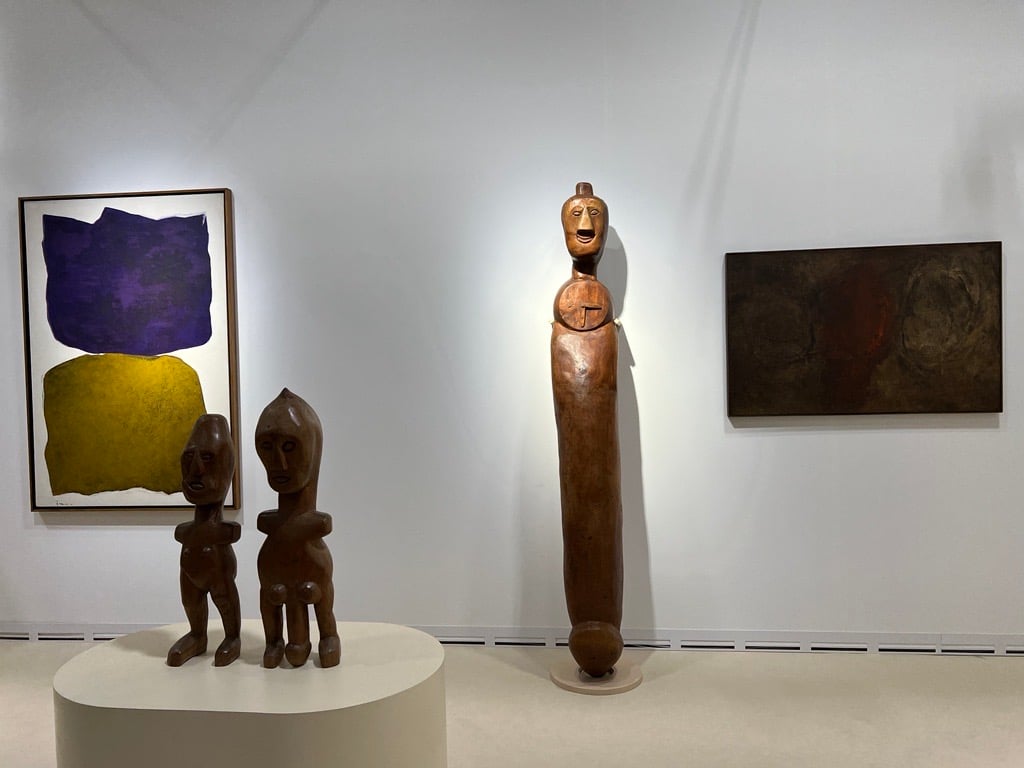
Nara Roesler’s booth displayed wooden sculptures by the Afro-Brazilian sculptor Chico Tabibuia. Photo: Katya Kazakina
As the fair drew to a close, London dealer James Brett was finalizing a single sale from his solo presentation of paintings by Janet Sobel (1894–1968) at prices ranging from €100,000 to €200,000 ($108,000–$216,000). Brett did place three works on paper, priced at €20,000 to €60,000 ($22,000–$65,000).
Some credit Sobel with inventing drip painting before Pollock, while lying on her stomach in a Brooklyn apartment.
Brett blamed the lack of sales on the location, far from the fair’s center of gravity
“We’ve had civilians, but not the really wealthy civilians,” he said.
The market will have to wait for the bellwether New York auctions (and the results of the U.S. presidential election) to know if last week’s excitement was just a momentary burst of optimism or an enduring reset. For a few days, at least, everyone wanted to believe. No matter what happens, we’ll always have Paris.

